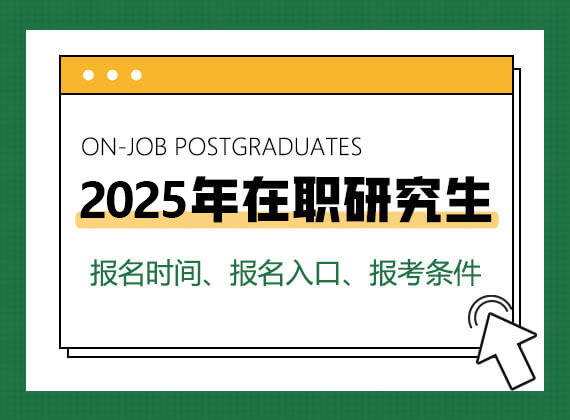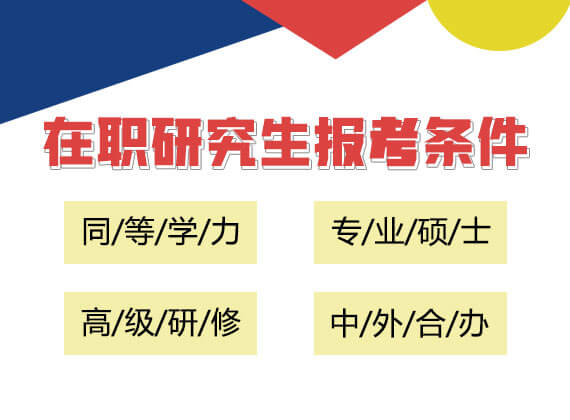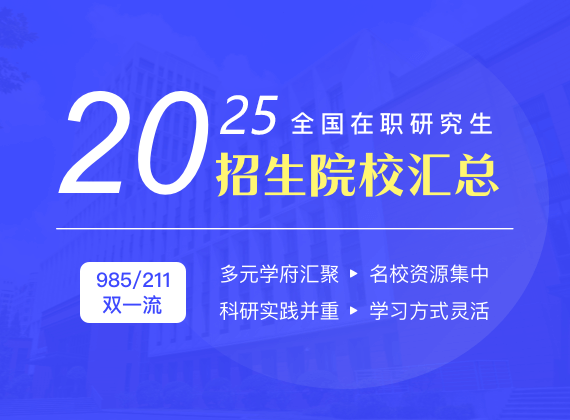2009年同力申硕英语全真模拟试题(四)
来源:在职研究生招生信息网 发布时间:2011-10-25 15:54:28
Passage Three
In a time of low academic achievement by children in the United States, many Americans are turning to Japan, a country of high academic achievement and economic success, for possible
answers. However, the answers provided by Japanese preschools are not the ones Americans expected to find. In most Japanese preschools, surprisingly little emphasis is put on academic instruction. In one investigation, 300 Japanese and 210 American preschool teachers, child development specialists, and parents were asked about various aspects of early childhood education. Only 2 percent of the Japanese respondents listed “to give children a good start academically” as one of their top three reasons for a society to have preschools. In contrast, over half the American respondents chose this as one of their top three choices. To prepare children for successful careers in first grade and beyond, Japanese schools do not teach reading, writing, and mathematics, but rather skills such as persistence, concentration, and the ability to function as a member of a group. The vast majority of young Japanese children are taught to read at home by their parents.
In the recent comparison of Japanese and American preschool education, 91 percent of Japanese respondents chose providing children with group experience as one of their top three reasons for a society to have preschools. 62 percent of the more individually oriented Americans listed group experience as one of their top three choices. An emphasis on the importance of the group seen in Japanese early childhood education continues into elementary school education.
Like in America, there is diversity in Japanese early childhood education. Some Japanese kindergartens have specific aims, such as early musical training or potential development. In large cities, some kindergartens are attached to universalities that have elementary and secondary schools. Some Japanese parents believe that if their young children attend university-based program, it will increase the children’s chances of eventually being admitted to top-rated schools and universities. Several more progressive programs have introduced free play as a way out for the heavy intellectualizing in some Japanese kindergartens.
43. We learn from the first paragraph that many Americans believe _____.
A. Japanese parents are more involved in preschool education than American parents
B. the economic success of Japan is a result of its scientific achievements
C. Japanese preschool education emphasizes academic instruction
D. Japan’s higher education is superior to theirs
44. Most Americans surveyed believe that preschools should also attach importance to _____.
A. problem solving B. group experience
C. parental guidance D. individually-oriented development
45. In Japan’s preschool education, the focus is on _____.
A. preparing children academically B. developing children’s artistic interests
C. taping children’s potential D. shaping children’s character
46. What does the word “diversity” in the first sentence of the third paragraph mean?
A. sameness B. deadness C. variety D. unify
47. Free play has been introduced in some Japanese kindergartens in order to _____.
A. lighten children’s study load B. cultivate children’s creativity
C. broaden children’s horizon D. enrich children’s knowledge
48. Why do some Japanese parents send their children to university-based kindergartens?
A. The parents feel that their children may do better in their future studies.
B. The parents feel that their children may accumulate more group experience there.
C. The parents fed that their children may be individually oriented when they grow up.
D. The parents feel that their children may have better chances of getting a first-rate education.
Passage Four
Just five one-hundredths of an inch thick, light golden in color and with a perfect “saddle curl, ”the Lay’s potato chip seems an unlikely weapon for global domination. But its maker, Frito-Lay, thinks otherwise. “Potato chips are snack food for the world,” said Samman Amin, the company’s head of global marketing. Amin believes there is no corner of the world that can resist the charms of a Frito-Lay potato chip.
Frito-Lay is the biggest snack maker in America, owned by PepsiCo, and accounts for over half of the parent company’s $3 billion annual profits. But the U. S. snack food market is largely saturated and to grow, the company has to look overseas.
Its strategy rests on two beliefs: first, a global product offers economies of scale with which local brands cannot compete, and second, consumers in the 21st century are drawn to “global” as a concept. “Global” does not mean products that are consciously identified as American, but ones that consumers—especially young people—see as part of a modern, innovative (创新的)world in which people are linked across cultures by shared beliefs and tastes. Potato chips are an American invention, but most Chinese, for instance, do not know that Frito-Lay is an American company. Instead, Riskey, the company’s research and development head, would hope they associate the brand with the new world of global communications and business.
With brand perception, a crucial factor, Riskey ordered a redesign of the Frito-Lay logo(标识). The logo, along with the company’s long-held marketing image of the “irresistibility” of its chips, would help facilitate the company’s global expansion.
The executives acknowledge that they try to swing national eating habits to a food created in America, but they deny that amounts to economic imperialism. Rather, they see Fito-Lay as spreading the benefits of free enterprise across the world. “We’re making products in those countries, we’re adapting them to the tastes of those countries, building businesses and employing people and changing lives,” said Stever Renemund, PepsiCo’s chief executive.
49. It is the belief of Frito-Lay’s head of global marketing that _____.
A. potato chips can hardly be used as a weapon to dominate world market
B. their company must find new ways to promote domestic sales
C. the light golden color enhances the charm of their company’s potato chips
D. people all over the world enjoy eating their company’s potato chips
50. What do we learn about Frito-Lay from Paragraph 2?
A. Its products used to be popular among overseas consumers.
B. Its expansion has caused fierce competition in the snack market.
C. To change the company’s long-held marketing image
D. To compete with other American chip producers.
53. Frito-lay’s executives claim that promotion of American food in the international market ___.
A. won’t affect the eating habits of the local people
B. will lead to economic imperialism
C. will be in the interest of the local people
D. won’t spoil the taste of their chips
54. Which of the following titles best summarizes the main idea of the passage?
A. The success of Frito-Lay B. The management logo of Frito-Lay
C. The development of Frito-Lay D. The reason for Frito-Lay’s success
.





















